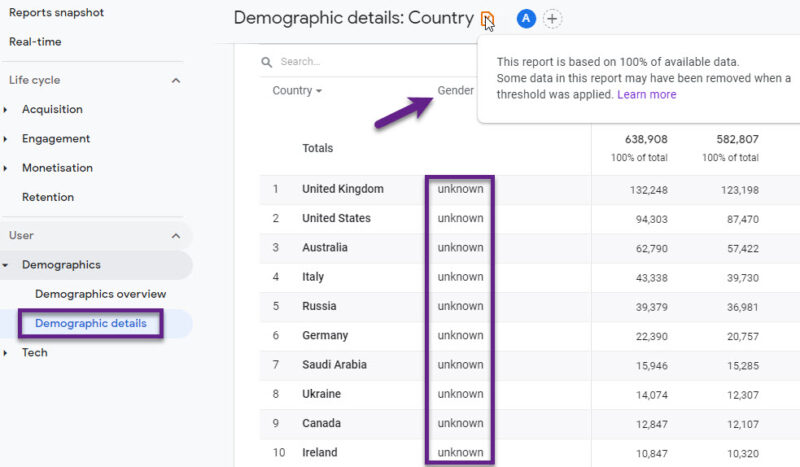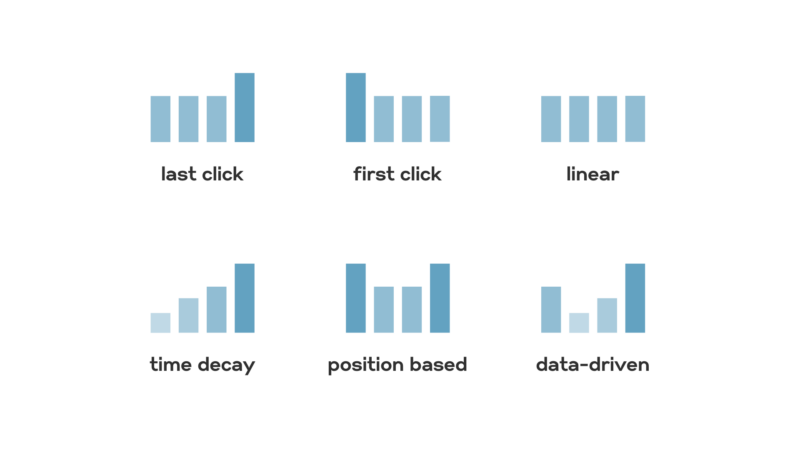Data analytics has become a foundation of strategic decision-making in this day and age.
Its importance lies in the ability to transform raw data into actionable insights, allowing businesses to tailor their marketing efforts more precisely and effectively.
Companies can better understand their:
- Target audience
- Optimize campaigns
- Drive growth
Let me show you just how effective data analysis can be in your marketing strategy.
The Need for Data Analytics
Data analytics provides invaluable clarity on campaign performance.
By analyzing metrics such as engagement rates, conversion rates, and ROI, marketers can discern what works and what doesn’t, enabling them to make informed adjustments.
- Analyzing Engagement Rates: Understanding how audiences interact with marketing content helps in identifying which messages resonate most.
- Measuring Conversion Rates: Tracking how many leads convert to customers allows marketers to gauge the effectiveness of their campaigns.
- Calculating ROI: Evaluating the return on investment for each campaign ensures that marketing spend is justified and profitable.
Clarity extends to identifying new market opportunities.
By sifting through data, businesses can uncover untapped customer segments or emerging market trends, paving the way for innovative strategies and product offerings.
- Discovering Untapped Segments: Data can reveal potential customer groups that have not yet been targeted, presenting new growth opportunities.
- Identifying Emerging Trends: Monitoring market trends through data analytics enables businesses to stay ahead of the curve and adapt their strategies proactively.
Data analytics enhances the understanding of leads and customers.
Detailed insights into customer behavior, preferences, and demographics allow marketers to create more targeted and personalized campaigns.
- Behavioral Insights: By examining how customers interact with products and services, businesses can tailor their offerings to better meet customer needs.
- Preference Analysis: Understanding what customers prefer helps in developing products and marketing messages that align with their interests.
- Demographic Data: Segmenting customers based on demographics such as:
- Age
- Gender
- Location
- Income
Benefits of Data Analytics
Now let us take a look at the benefits of data analytics in marketing strategy.
Enhanced Customer Understanding
One of the foremost benefits of data analytics in marketing is enhanced customer understanding.
Through developing detailed customer personas and gaining insights into customer preferences and behavior, businesses can tailor their offerings to meet the specific needs and desires of their audience.
Data analytics allows marketers to segment their audience into distinct groups based on various criteria such as demographics, buying behavior, and interests.
For example, an e-commerce company might discover through data analysis that a significant portion of its customers are interested in eco-friendly products.
Armed with this insight, the company can develop targeted campaigns that highlight its sustainable product range, thereby increasing engagement and sales among this customer segment.
Improved Campaign Performance
Improved campaign performance is another significant advantage of data analytics.
With accurate tracking and measurement of campaign success, marketers can identify the most effective marketing channels and strategies.
It allows for the optimization of future campaigns, ensuring that resources are allocated to high-return activities.
For instance, if data shows that social media ads perform better than email marketing for a particular product, resources can be shifted to enhance social media efforts.
The ability to measure and analyze performance data leads to more efficient budget allocation and a focus on activities that drive the best results, ultimately improving overall marketing effectiveness.
Personalized Efforts
Personalized marketing efforts are greatly enhanced through data analytics.
Through delivering tailored customer experiences and personalized recommendations, businesses can engage customers on a deeper level.
Targeted messaging based on individual customer data ensures that marketing efforts are relevant and timely, increasing the likelihood of conversion and customer retention.
For example, a streaming service like Netflix uses data analytics to recommend shows and movies based on a user’s viewing history, preferences, and ratings.
The level of personalization not only enhances the user experience but also fosters loyalty and encourages continued use of the service.
Personalized marketing can also extend to email campaigns, where businesses send customized content and offers that are specifically tailored to the recipient’s past interactions and purchases.
Optimized Resource Allocation
Optimized resource allocation is another key benefit of data analytics in marketing. Data analytics enables marketers to allocate budgets more efficiently based on performance data, ensuring that investment is directed toward the most impactful activities.
Businesses can make informed decisions about where to focus their marketing spend. This not only maximizes ROI but also allows for a more strategic approach to spending.
For example, if a company finds that influencer marketing generates a higher return compared to traditional advertising, it can reallocate its budget to invest more in influencer partnerships.
A strategic allocation ensures that dollars are used effectively, enhancing overall business performance.
Increased ROI
Increased ROI is the ultimate goal of data-driven marketing strategies. Better decision-making, informed by data, leads to higher returns.
Predictive analytics, which anticipates market trends, allows businesses to make proactive adjustments to their strategies, ensuring they stay ahead of the competition.
For example, a retailer might use predictive analytics to identify seasonal trends and adjust inventory levels and marketing campaigns accordingly.
Key Data Analytics Techniques and Tools
Segmentation is a fundamental data analytics technique that involves dividing the audience based on:
- Demographics
- Behavior
- Preferences
It allows marketers to create targeted strategies for different segments, ensuring that each group receives relevant and personalized messaging. Segmentation helps in optimizing marketing efforts and improving overall campaign effectiveness.
A/B testing is another crucial technique. The iterative process of testing and optimization helps in refining strategies and improving campaign outcomes. It is an essential tool for maximizing the effectiveness of marketing efforts.
Customer experience mapping provides a comprehensive view of the customer lifecycle. By understanding the various touchpoints a customer interacts with, marketers can optimize these interactions to enhance customer satisfaction.
Predictive analytics involves forecasting future trends based on historical data. Predictive analytics helps in staying ahead of the competition and making informed decisions that drive business growth.
Implementation Steps for Data-Driven Marketing
Setting clear goals is the first step in implementing data-driven marketing. Defining measurable objectives based on data ensures that marketing efforts are aligned with business strategy. These goals should be:
- Specific
- Attainable
- Relevant
That way, they are providing a clear direction for marketing activities. Aligning these goals with overall business objectives ensures that marketing efforts contribute to the broader success of the company. Choosing the right tools is essential for effective data-driven marketing.
Utilizing customer relationship management (CRM) and marketing automation platforms helps in collecting and managing customer data. Implementing analytics tools allows for the interpretation of this data, providing insights that inform marketing decisions.
The right tools enable marketers to track performance, analyze results, and optimize campaigns. Continuous monitoring and optimization are crucial for the success of data-driven marketing.
Regularly tracking key performance indicators (KPIs) ensures that marketing efforts are on track and achieving desired outcomes.
Related Posts:
- How to Improve User Engagement with Retention Analysis?
- Case Study: How to improve your SEO scores
- How Can You Create UTM Codes in Google Analytics?
- What is a Secondary Dimension in Google Analytics? -…
- Is Machine Learning the Future of Data Analysis?
- the digital marketing revolution is here is here & now




